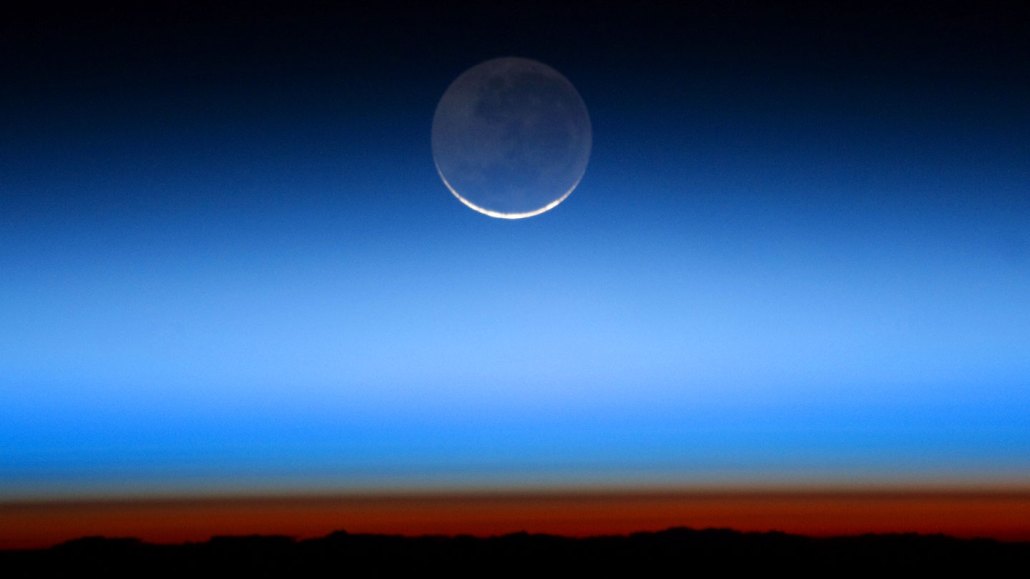
Earthshine — the light reflected from our planet to the dark portion of the moon and then back to Earth (shown here) — decreased measurably in recent years, a sign our planet is capturing more solar energy than it has in years past.
NASA

Earthshine — the light reflected from our planet to the dark portion of the moon and then back to Earth (shown here) — decreased measurably in recent years, a sign our planet is capturing more solar energy than it has in years past.
NASA